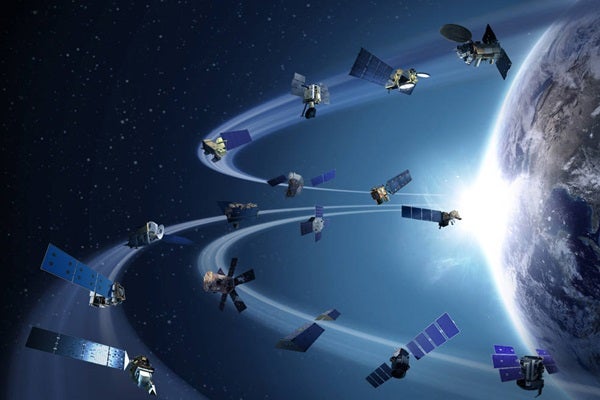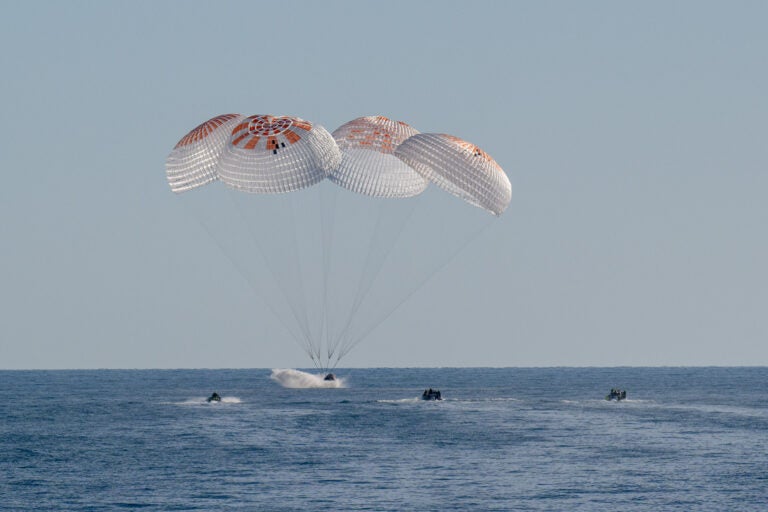To make sure an event like this doesn’t happen with any of NASA’s satellites and the internet-providing Starlink satellites from SpaceX, the two groups have agreed to share information about where their spacecraft are flying — and also settled the question of who between them has the right of way.
That would be NASA, according to the safety agreement, announced March 18 in a NASA press release
NASA further agrees that if a potential collision arises, it will not move spacecraft to ensure that the two satellites don’t accidentally maneuver into each other.
No, you first
With the commercial space sector booming, the issue of avoiding satellite smash-ups in space is also going to grow.
The number of satellite payloads launched in 2020 jumped to 1,261 — more than twice as many as in 2019 (522), according to statistics maintained by astrophysicist Jonathan McDowell at the Harvard-Smithsonian Center for Astrophysics. The 833 Starlink satellites that SpaceX launched last year account for most of that increase. SpaceX has continued its rapid build-up in 2021; its most recent launch of 60 more satellites was on March 23, bringing the current Starlink constellation to over 1,300 satellites.
To help address the issue, in December 2020, NASA released a handbook for aerospace companies, outlining what the agency had found to be best practices for avoiding a collision in low-Earth orbit.
But measures like this guidebook and the agreement with SpaceX are just the beginning of grappling with the problem of satellite traffic management. Eventually, a more comprehensive solution will be needed, McDowell told Astronomy.
“I think these bilateral agreements are a start but in the long run there really needs to be an international ‘space traffic control,’” said McDowell.










